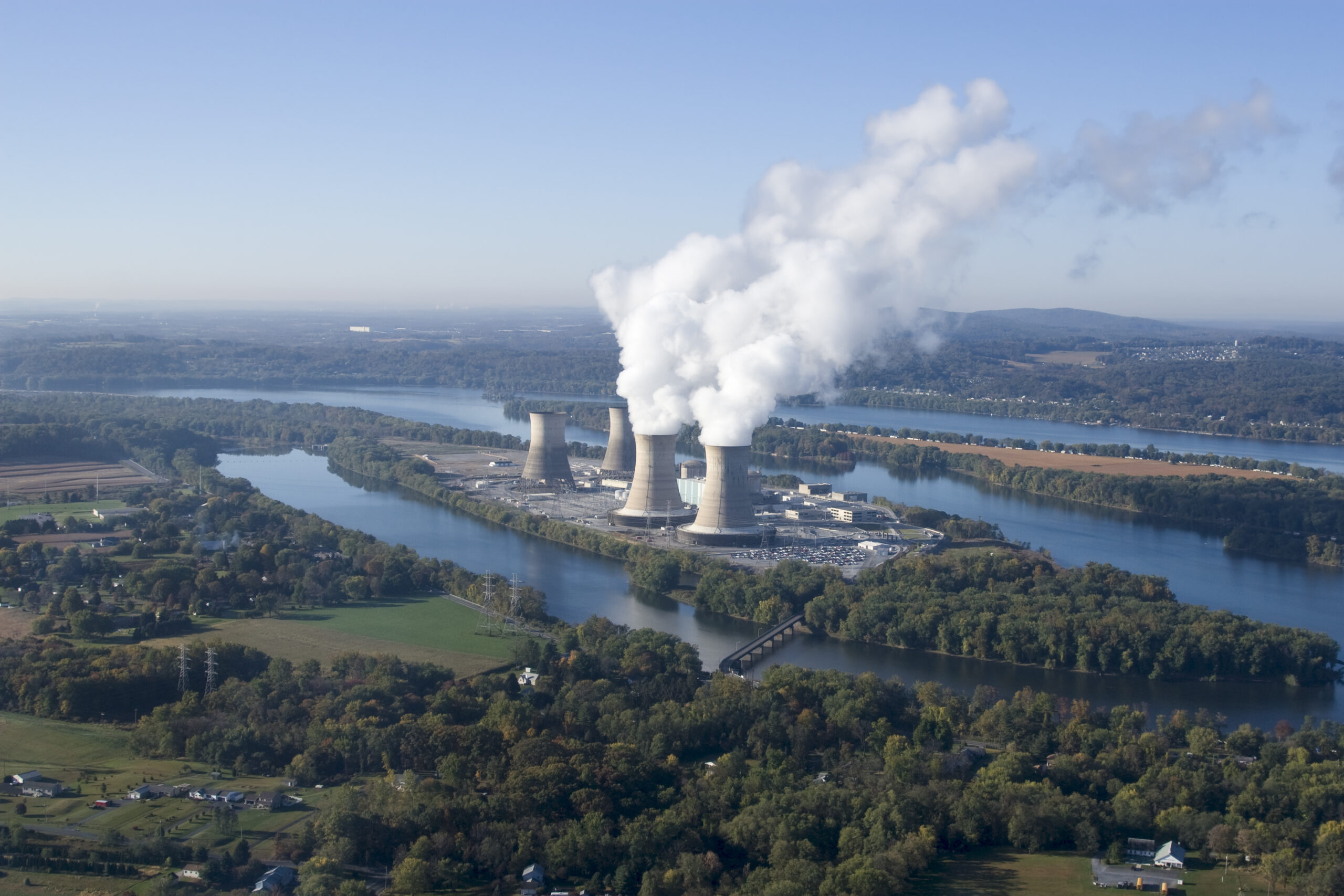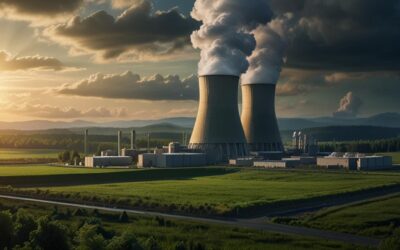The rise of AI is driving a huge increase in energy consumption. AI data centres globally used about 460 terawatt-hours in 2022 – enough to power approximately 40 million U.S. homes for a year. And that is projected to double by 2026 (although that feels very conservative). This greedy energy consumption now represents up to 3% of global emissions, with significant growth expected.
But Generative AI, despite being cutting-edge in many ways, is also quite inefficient. A Generative AI system might use around 33 times more energy than machines running task-specific software, according to a recent study.
One of the study’s authors, Dr Sasha Luccioni from Hugging Face, a machine-learning company, explained in an interview with the BBC: “Every time you query the model, the whole thing gets activated, so it’s wildly inefficient from a computational perspective. When you use Generative AI… it’s generating content from scratch, it’s essentially making up answers.”
That means the computer has to work hard to complete the task, consuming a lot of energy while doing it. And the heat output of lots of computers working very hard means that a lot more energy is needed to keep them cool. Rather like a bunch of sweaty people doing a workout in a gym, they need the air conditioning on at full blast.
Small Modular Reactors
Major players such as Google and Amazon are increasingly exploring nuclear and other innovative renewable energy sources to power their expansive data centres.
Google recently reported a 48% rise in its greenhouse gas emissions since 2019, primarily driven by data centre operations related to AI. With over 115 agreements amounting to 14GW of clean energy capacity already put in place since 2010, the company has also recently announced a venture with Kairos Power, a California-based start-up specialising in advanced nuclear reactors.
The Kairos deal involves the construction of seven small modular reactors (SMRs), with the facilities set to become operational between 2030 and 2035, providing up to 500 megawatts (MW) of electricity.
Kairos received the U.S. Nuclear Regulatory Commission’s first permit in 50 years to construct a new type of nuclear reactor. Its smaller reactors are cooled with molten fluoride salt as opposed to conventional water.
Amazon has also unveiled plans for significant investments in nuclear power, also backing small modular reactors as a viable solution to meet growing electricity demands. The behemoth is partnering with Energy Northwest to facilitate the establishment of four SMRs in Washington State, potentially expanding their capacity to 960 megawatts (MW), sufficient to supply power to approximately 770,000 U.S. homes. Additionally, Amazon is exploring a development project with Dominion Energy in Virginia to add a 300 MW SMR near the North Anna Nuclear Power Station.
Complementing these efforts, Amazon is investing $500 million in X-energy to support the development and deployment of more than five gigawatts of SMR capacity across the United States by 2039, marking it as the largest commercial rollout of its kind. These reactors produce power through TRISO-X fuel, a high-temperature gas-cooled method known for safety under high temperatures.
Resurrecting Three Mile Island
Not to be left out of this new form of nuclear proliferation, Microsoft has agreed to enable the reopening of Three Mile Island, the site of the most severe commercial nuclear accident in United States history
Microsoft’s deal with Constellation Energy, the plant’s owner, targets a 2028 reopening for its Unit 1 reactor.
This decision follows a 20-year power purchase deal in which Microsoft will procure the reactor’s energy output to power its data centres. The technology titan is on a quest to meet its ambitious target of becoming carbon negative by 2030 and views nuclear power as a pivotal element in achieving this goal.

The Unit 1 reactor at Three Mile Island could reopen in 2028 under the deal between owner Constellation Energy and Microsoft.
Unit 1 of the Three Mile Island plant was shut down in 2019 due to economic pressures stemming from competition with cheaper natural gas and renewable energy sources. The other reactor, Unit 2, was infamously affected by a partial meltdown in 1979, which led to nationwide scrutiny of nuclear safety protocols. Despite the mishap, Unit 1 continued to operate safely until its closure.
The reopening of Unit 1 will require refurbishment and investment, estimated to amount to around $1.6 billion. Constellation Energy will undertake the refurbishment of essential components such as the turbine, generator, and power transformer. Should regulatory approvals be granted, the plant, to be renamed the Crane Clean Energy Center in honour of Chris Crane, a late pioneer of the nuclear energy sector, will be back online by 2028.
The restarted reactor is projected to generate approximately 835 megawatts of carbon-free electricity, sufficient to supply over 800,000 homes and a fair few data centres.
It seems that the AI wave is not just consuming energy, it’s reviving the whole nuclear industry.




